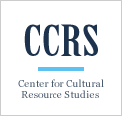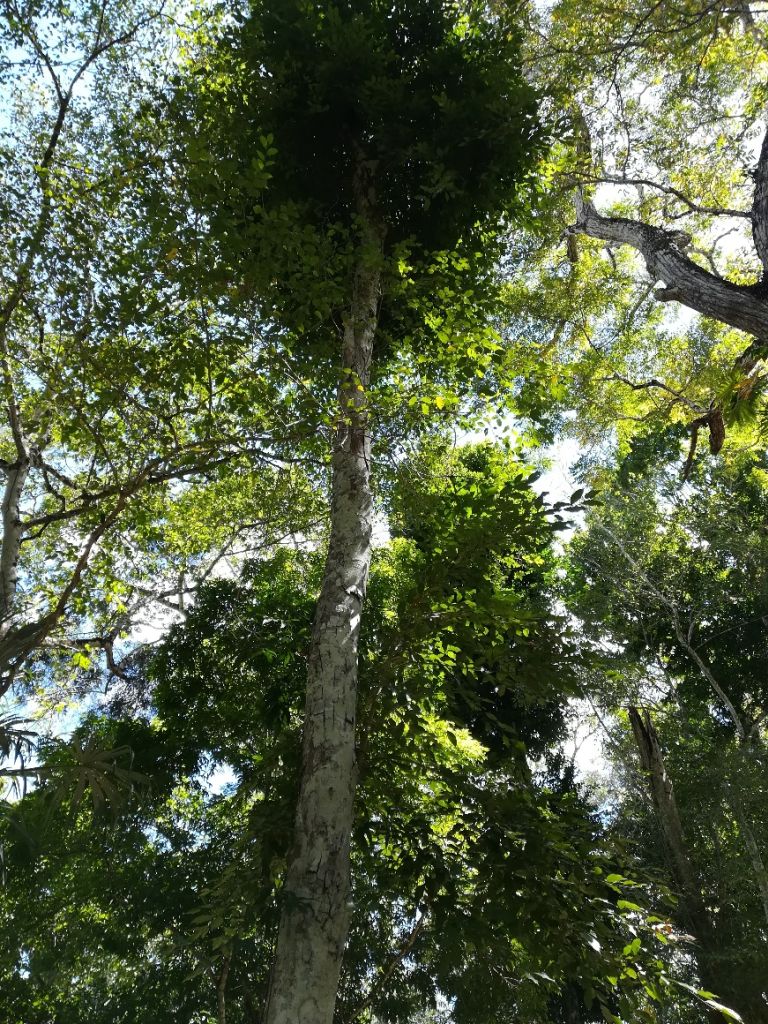グアテマラ・ティカル観光回廊周辺コミュニティ調査レポート
(Communities in the Tikal Tourist Corridor, Guatemala)
Alejandro Falla(アレハンドロ・ファジャ・ディアス)
(2019/3/21)
本記事では、ティカル観光回廊周辺コミュニティと観光の関係についての概要を報告する。ティカル国立公園とペテン県の県都であるフローレスをつなぐ道沿いにはいくつかのコミュニティが点在している。筆者は金沢大学の学生として、イシュル、エル・レマテ、エル・カオバ、エル・カプリナール、エル・ポルべニール、ソコツァルの調査をする機会を得た。
ティカルは1955年に国立公園として整備され、1979年にはユネスコ世界遺産の複合遺産に登録された。前述の周辺コミュニティは同時期に新しく成立したものであるが、国立公園との直接的関係はない。しかしながら、コミュニティと国立公園の関係は以来変化と発展を続けてきた。こうした関係性は今日、様々な困難と機会に直面している。
コミュニティと国立公園の関係で最も顕著なものの一つは、観光業である。国立公園が観光地であることは疑う余地がないが、周辺コミュニティの観光業における位置付けは複雑である。ティカル国立公園に向かう観光客はもれなくコミュニティを通過するが、そこに立ち寄ることはない。そして、観光に関わる経済活動の恩恵が、必ずしもコミュニティ住民にもたらされているわけではないのである。
さらに考慮すべき点としては、これらコミュニティ内での観光についての認識が統一的ではないということである。確かに観光によって利益を得ている住民もいるのだが、そうした人々に対し、他の多くの住民たちは不信感を抱いている。加えて、観光業に参入したいと思っている住民は少なからずいるにも関わらず、彼・彼女らには十分な機会があるとは言えない。こうした現状の原因の一つは、観光客に対する方針を明確化することができていないことであろう。言い換えれば、観光スポットや商品、宿泊施設やレストランなどを提供する能力の欠如である。仮に観光プロジェクトに関わることができたとしても、いくつかのコミュニティは労働力を提供することしかできないのである。
だが、観光業に供するものが何もないというわけではない。事実、これらコミュニティは、文化・自然資源において非常に豊かな地域でもある。しかし、観光客を効果的に呼び込み、観光業に参画する力が欠けているのである。筆者が言及するところの同地の豊かな文化・自然資源とは、バラエティに富む動植物と、それに基づく工芸や建築、食文化のなどのことである。
自然資源のうち、本記事では「ラモンの実」を紹介する。ラモンとは、メソアメリカ地域に自生する40メートルほどに成長する木であり、その種子はかつてマヤ文明の人々の常食とされていた。ラモンの木はコミュニティ周辺の森などに生育しており、近年では輸出品として商品化が進んでいる。住民はラモンの種子から主に国外向け商品としてトルティーヤやパン、クッキー、パンケーキ、飲料などを製造している。一点指摘しておきたいのは、地域レベルでの産業化はされておらず、地域の食文化とも関わりがないということである。これら製品は美味であるにも関わらず、ラモンの実の料理や飲料を扱うレストランはほとんど見られない。筆者は、今後資源として活用される可能性のあるものの一例として、本記事でラモンを紹介した。
筆者は、これらコミュニティには、住民の意図次第で観光業に用いることのできる資源が数多く存在することを確信している。しかしながら、どのように観光客を効果的に誘致できるのかというのが、最も大きな課題の一つである。さらに、地域住民に観光の恩恵を還元するためには、どのように地域住民の様々な意見を取り込み、住民同士の効果的な対話を形成すれば良いのかを考えることも大きな課題となっている。
In this brief article, I want to outline the context of the communities in Tikal Tourist Corridor and their relationship to tourism. On the road between Tikal Archaeological Park and Flores, Petén’s Capital City, there are several communities. As a student in Kanazawa University, I’ve had the opportunity to study more closely some of these, which are: Ixlú, El Remate, El Caoba, El Capulinar, El Porvenir and Socotzal.
Tikal was established as a National Park in 1955 and inscribed in UNESCO’s World Heritage List as Mixed World Heritage in 1979. The communities previously mentioned, were also established during these years, not necessarily with a direct relation to the park. However, throughout the years, the relationship between the communities and the park have developed and changed in many ways. Today this relationship faces many challenges and opportunities.
One of the main aspects in which the communities relate to the park is in tourism. While the park functions undoubtedly a tourism attraction, the communities find themselves in a complex position. Even though all the tourism going to Tikal Archaeological Park must pass through these communities to get there, they don’t always stop there, and the benefits of this economic activity not always reaches the hands of its inhabitants.
There are other factors to be taken into account, one is that it can’t be said these communities are homogeneous. Inside of them, there are different perceptions about tourism. While some inhabitants receive benefits from it, others look at it with distrusting eyes. Additionally, while some inhabitants manifest their interest in participating in the tourism industry, there is not always opportunity to do so. One of the main reasons for this is the lack of power to articulate a discourse directed towards the tourist. In other words, the capacity to offer local tourist attractions, products, lodging, restaurants and so on. Some communities can only offer workforce if they have the luck to be taken into account for tourism projects.
This doesn’t mean that the communities have nothing to offer to tourism. In fact, these communities are profoundly rich in terms of cultural and natural resources. What they are lacking is the power to effectively engage the tourist and participate in the tourism industry. This richness I refer to, includes a vast variety of local flora and fauna which in used in different activities like craftsmanship, architecture, cuisine, and so on.
Among the natural resources, I would like to mention one of them in this brief article: “Semilla de Ramón” or Ramón Seed. This is the seed from a tree native to the region of Mesoamerica than can go up to 40 meters high, once used as staple food by the Maya Civilization. This tree grows freely in the forests around the communities and in some places, it has been begun to be commercialized and produced for exportation. From this seed, the locals prepare tortillas, bread, cookies, pancakes, drinks and others which are mainly directed to an international market. One thing to point out is that they are not really commercialized on the local level and they haven´t been incorporated in the local cuisine. Its hard to find a restaurant that implements this seed in their dishes and drinks, despite that it is also a very delicious product. I write this to exemplify the potential that still hasn’t been approached.
As a closing thought, I believe the communities have many resources that could be incorporated in the tourism industry should they decide to do it. However, one of the main challenges is how to effectively engage the tourist? The other big challenge is how to include the different local opinions and to create an effective dialogue among the inhabitants, in which the benefits of tourism reach local people.

